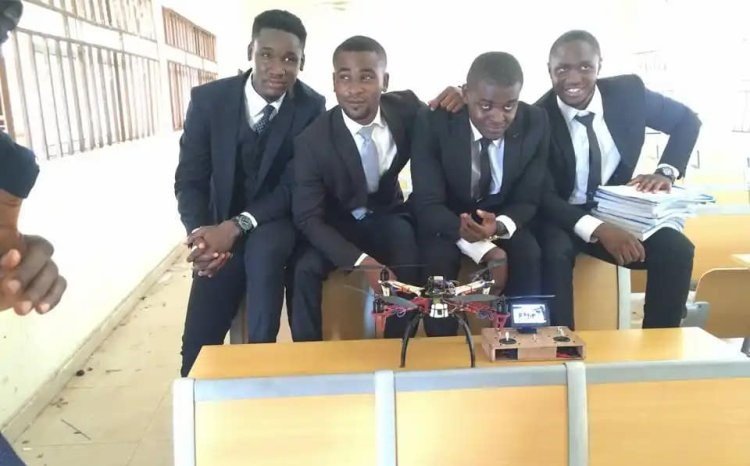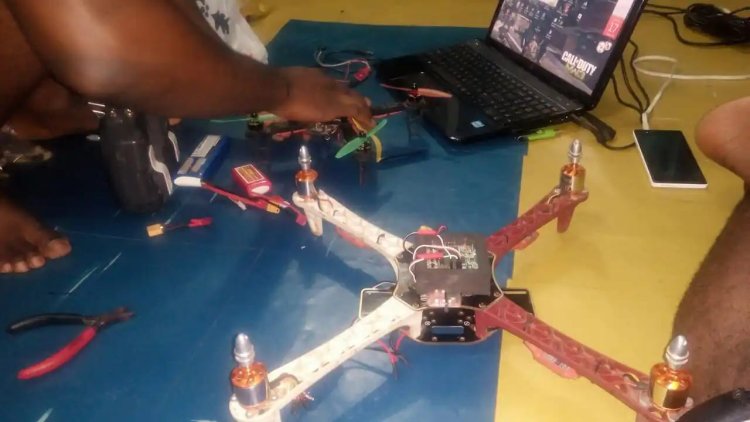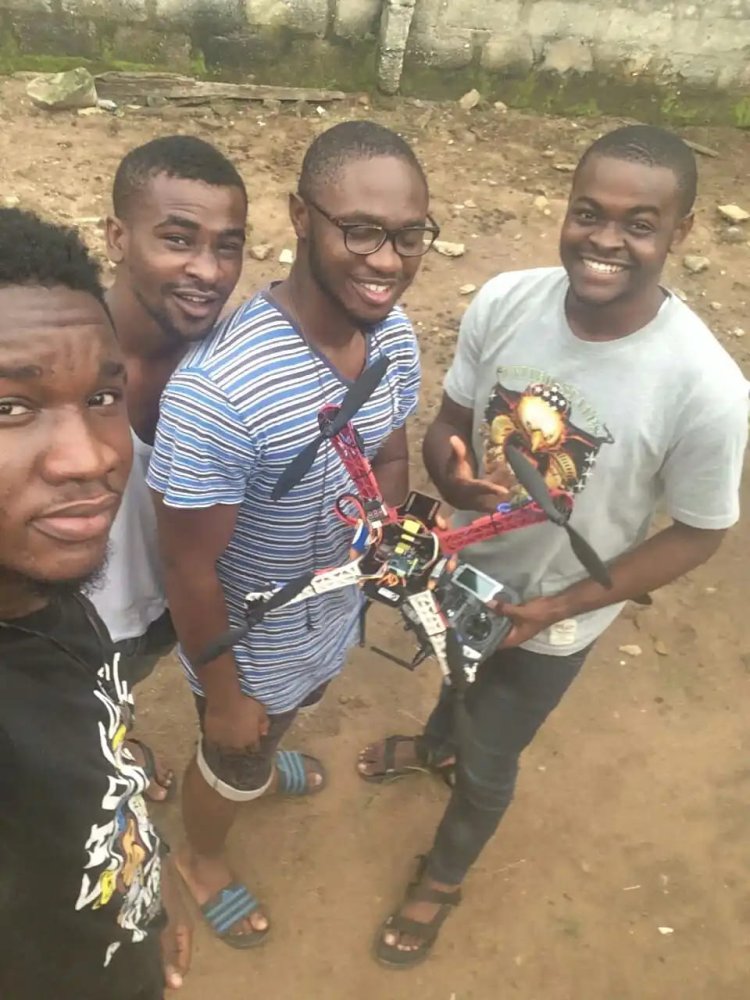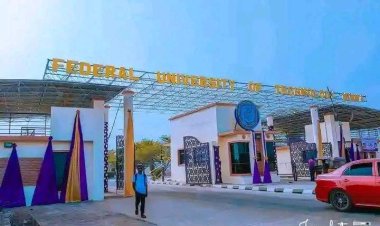Revisiting History: FUTO Engineering Students Develop Innovative Quadcopter Surveillance Drone
Four engineering students from the Federal University of Technology, Owerri (FUTO)—Ekeh Isidore, Kizito Onyema, Aloysius Nwokedike, and John Kenedy Kalu—developed an advanced quadcopter surveillance drone in 2018. Featuring a wooden controller and First Person View (FPV) capabilities, the drone aims to enhance campus security and monitoring.

In a significant technological breakthrough, four engineering students from the Federal University of Technology, Owerri (FUTO) have successfully developed an advanced quadcopter surveillance drone. The innovative project, completed in 2018, marks a notable achievement for the university’s engineering program and aims to enhance campus security and monitoring.
The team, comprising Ekeh Isidore, Kizito Onyema, Aloysius Nwokedike, and John Kenedy Kalu, has crafted a sophisticated drone equipped with cutting-edge features. Notably, the drone is controlled via a custom-built wooden controller, which adds a unique and personalized touch to its operation. Additionally, the quadcopter boasts advanced First Person View (FPV) capabilities, allowing for real-time, high-definition video feed directly from the drone’s perspective.

This pioneering project reflects the students' dedication to applying their engineering skills to practical and impactful solutions. The drone is designed to bolster campus security by providing enhanced surveillance and monitoring capabilities, thereby contributing to a safer and more secure environment for the university community.

The development of this quadcopter drone highlights the innovative spirit and technical prowess of FUTO’s engineering students, showcasing their ability to blend traditional engineering principles with modern technological advancements.





